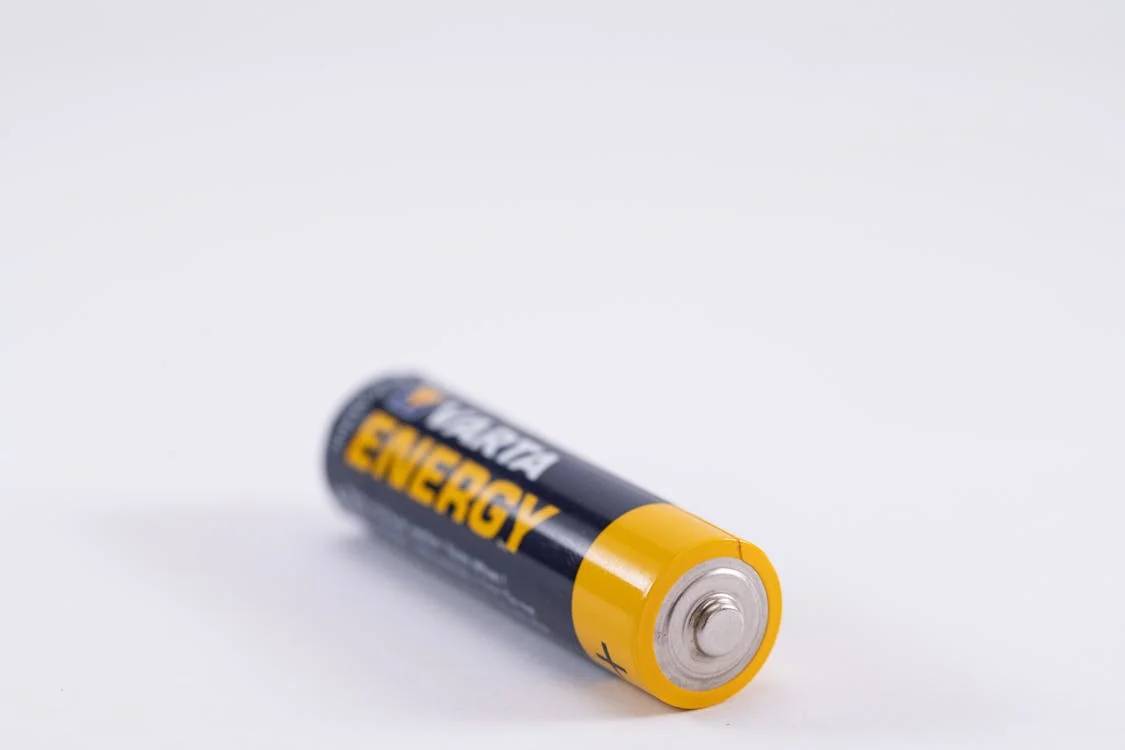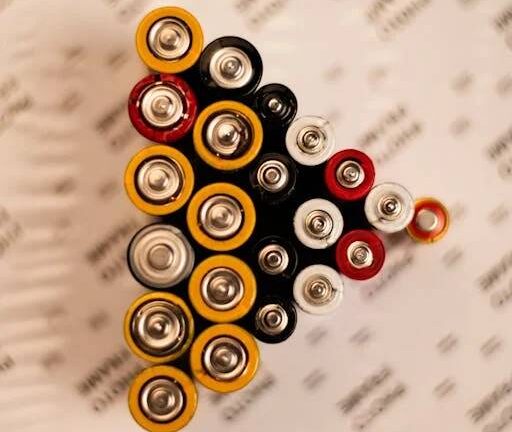Imagine a World Without Battery
Imagine living without the constant hum of your phone, the glow of your laptop, or instant access to music and information. Not long ago, this was reality. Then, the battery was invented, transforming how we live and interact with technology.
Why Battery Matter
The invention of the battery was a pivotal moment in human history. It marked the beginning of efficient energy storage and usage, sparking numerous innovations and changing our daily lives.
 How Do Batteries Work?
How Do Batteries Work?
Batteries are fascinating devices that convert chemical energy into electrical energy. Inside a battery, two electrodes—an anode (negative) and a cathode (positive)—are immersed in an electrolyte solution. When connected in a circuit, a chemical reaction occurs. The anode releases electrons into the circuit, while the cathode absorbs them. This flow of electrons creates an electric current that powers devices. Rechargeable batteries can reverse this reaction with an external power source, allowing them to be reused many times.
The Dawn of Battery Technology
1745: Ewald Georg von Kleist and the Leyden Jar
In 1745, Ewald Georg von Kleist invented the Leyden Jar, a glass jar lined with metal foils that stored electrical charge for a short time. This invention was a crucial step towards understanding and storing electricity.
1752: Benjamin Franklin and the Leyden Battery
In 1752, Benjamin Franklin built on the Leyden Jar with his Leyden Battery, a group of connected Leyden Jars. Although it could store more charge, it couldn’t generate a continuous current. Franklin’s work helped demystify electricity and paved the way for future discoveries.
The Baghdad Battery: Ancient Tech?
The Baghdad Battery is a clay jar with a copper cylinder and an iron rod, dating back to the Parthian Empire (2400-2200 BC). Some believe it could be an early battery, but there’s no solid proof. It might have been used for electroplating or medicinal purposes.
Galvani and Bioelectricity: A Spark of Inspiration
In the late 1780s, Luigi Galvani’s experiments with frog legs twitching when touched with different metals led to the concept of “animal electricity.” Although Alessandro Volta disagreed with Galvani’s interpretation, this debate led Volta to invent the first true battery, the voltaic pile, in 1800.
Breakthroughs in the 19th Century
Volta’s Voltaic Pile (1800)
In 1800, Alessandro Volta invented the voltaic pile, the first true chemical battery. It used alternating discs of zinc and copper, separated by brine-soaked cloth. This setup produced a continuous current and was a groundbreaking advancement in battery technology.
The Daniell Cell (1836): Stability and Consistency
In 1836, John Frederic Daniell invented the Daniell cell. This battery had two chambers separated by a porous partition. One chamber contained a copper sulfate solution and a copper pot (cathode); the other had a zinc rod in sulfuric acid (anode). It provided a stable and consistent source of electricity, ideal for early telegraph systems and electrochemical research.
The Grove Cell (1839): Powering the Future
In 1839, William Robert Grove invented the Grove cell, using platinum and zinc electrodes in sulfuric acid. It offered higher power output and was suitable for early electric lighting and electroplating. However, it was costly and produced harmful fumes.
The Lead-Acid Battery (1859): Rechargeable Power
In 1859, Gaston Planté invented the first practical rechargeable battery, the lead-acid battery. It used two lead plates in sulfuric acid. During discharge, a chemical reaction generates electricity. Recharging involved applying a strong current to restore the lead plates. This battery revolutionized industrial applications and paved the way for modern rechargeable batteries.
20th Century Innovations
The Nickel-Cadmium Battery (1901): Portability Revolution
In 1901, Waldemar Jungner invented the nickel-cadmium (NiCd) battery. It was lighter and more portable than lead-acid batteries, making it ideal for cameras and power tools. However, NiCd batteries faced criticism due to their environmental impact from cadmium, a toxic heavy metal.
The Alkaline Battery (1960s): Power That Lasts
In the 1960s, several companies developed the alkaline battery. It uses a zinc anode with an alkaline electrolyte (potassium hydroxide or sodium hydroxide) and a manganese dioxide cathode. Alkaline batteries have a higher energy density and longer shelf life compared to zinc-carbon batteries, making them a popular choice for household devices.
The Lithium-Ion Battery (1970s): A Game Changer
In the 1970s and 1980s, John B. Goodenough, Rachid Yazami, and Akira Yoshino developed the lithium-ion (Li-ion) battery. It uses lithium ions moving between anode and cathode materials, allowing for a higher energy density and lighter weight. Li-ion batteries became popular for their efficiency and portability, revolutionizing the way we power our gadgets.
21st Century and Beyond: Pushing Boundaries
The Quest for High Energy Density
Researchers are working to increase the energy density of batteries, which impacts the range of electric vehicles and the runtime of electronics. They are exploring alternatives like lithium-sulfur and lithium-metal batteries, which have higher energy densities but face challenges in stability and lifespan.
The Promise of Solid-State Batteries
Solid-state batteries replace the liquid electrolyte with a solid material, offering enhanced safety, faster charging, longer lifespan, and higher energy density. However, challenges like finding solid electrolytes with high ionic conductivity need to be overcome.
Exploring New Materials
Researchers are also exploring alternatives to lithium, such as sodium, potassium, and magnesium, which are more abundant and potentially cheaper. Organic materials and nanotechnology are being investigated for their potential to improve battery performance and sustainability.
A Brighter Future: Sustainable and Powerful Batteries
As the demand for batteries grows, so does the need for environmentally friendly solutions. Researchers are developing eco-friendly materials and efficient recycling methods to reduce the environmental impact of batteries. Efforts are also being made to repurpose batteries for less demanding applications, extending their lifespan and reducing waste.
The Journey Continues
From early experiments to modern advancements, the history of the battery is a journey of remarkable inventions and discoveries. Each step has brought us closer to the convenient, portable power sources we rely on today. The future of batteries holds even more promise, with ongoing research pushing the boundaries of technology and sustainability. The legacy of the battery is one of continuous innovation and transformative potential, shaping the way we live, work, and connect with our world.

